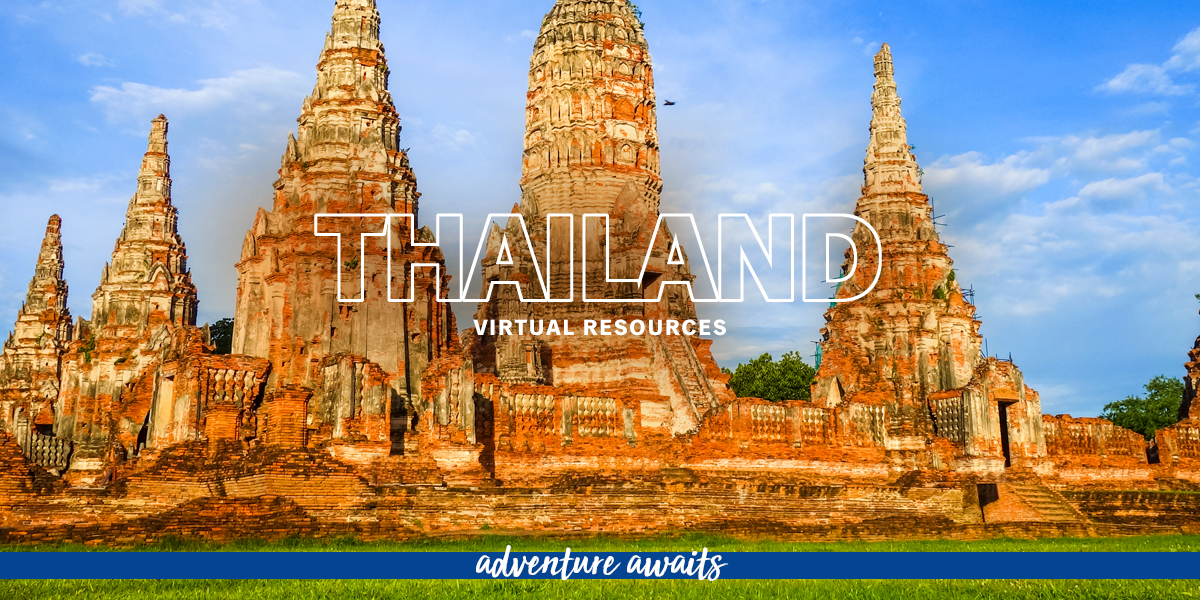Get creative
Organize your art supplies and get to crafting! Celebrate the spirit of Loy Krathong by making a floating flower basket, which symbolizes growth and new beginnings, or try creating your very own sky lantern, commonly released into the sky in Chiang Mai to celebrate the New Year. If you really want a challenge, learn to write in Thai by following along with this how-to video!
Pick a film
Watch a movie that relates to your destination. Some ideas for Thailand include:
- The Railway Man (2013)
- The Bridge on the River Kwai (1957)
- Anna and the King (1999)
Please note that some titles are rated R and may not be suitable for students.
Study some history
Dive deep into the history of specific sites you’ll visit on tour. Study the history of the Death Railway Bridge on the River Kwai in Kanchanaburi, or dive into the life of Sukhothai’s famous king, Ram Khamhaeng. Be sure to also look up some need-to-know Thai customs and a few fast facts on Buddhism to give you a better understanding of the way Thais live. Then, take a virtual tour of one of Thailand’s largest and most magnificent temples in Bangkok, The Grand Palace.
Choose a book
Read and discuss a book that takes place in your destination or describes the local culture. Pick from titles like:
- Thai Ways by Denis Segaller
- Four Reigns by Kukrit Pramoj
- Fieldwork by Mischa Berlinski
Fill up your plate
Become a Thai chef! Hold a virtual cooking with your travel group using this video on Northern Thailand’s popular dish, khao soi. Or, support a local restaurant that offers delivery/take-out of your destination’s cuisine. Try tom yum soup, pad thai, or som tam (green papaya salad).
Learn the language
Call up a friend or set up a group video chat and practice your language skills. It helps to make flashcards with common sayings to use on the phone or throughout your travels (think about ordering at restaurants, buying souvenirs, and chatting with locals).
Did you know?
Thailand is sometimes known as “the land of smiles” because of the nature of the people who live there – they are a peace-loving culture and like to avoid conflict whenever possible.

